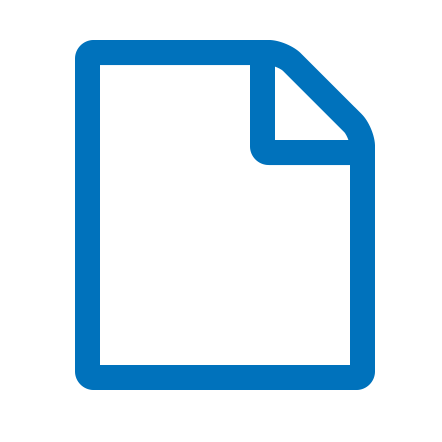PANAMANIAN CURRENCY Público Deposited

The E-Sylum: Volume 5, Number 42, October 20, 2002, Article 13
PANAMANIAN CURRENCY
Joel Shafer writes: "I wanted to provide follow-up to Jess
Gaylor's comments on the paper money of Panama. We
offered a beautiful complete set in our initial world bank
note sale (Lyn Knight Currency Auctions, February 2002)
that eventually sold for approximately $20,000. The 10
and 20 Balboas each were about AU. Earlier this year,
I wrote a short article about this set that appeared in Bank
Note Reporter. The following is an excerpt from that article.Vasco Nunez de Balboa, who appears on the 1 Balboa
and is the namesake of this monetary unit, lived from 1475
until 1519. On September 13, 1513, he became the first
European to see the eastern shore of the Pacific Ocean.
He accomplished this feat after an arduous trek through the
jungles of what is now Panama. He claimed the Pacific
Ocean and all of its shores for Spain. At 26, Balboa joined
a Spanish expedition to South America that explored the
northern coast of what is now Colombia. Balboa set out
on the Panama expedition to strengthen his hold as governor
and found gold and riches. Eventually, he became involved
in a political struggle with a rival and was beheaded.The entire issue notes were recalled very shortly after
release; practically all were destroyed by the end of 1941.
According to one researcher, the United States government
was strongly behind this action. Historically, Panama has
had several strong connections with the United States.
US paper money was used prior to and subsequent to this
abortive attempt at a national currency.To clear up another matter, all of these notes are priced in the
Standard Catalog of World Paper Money (whether the 20
Balboas should be priced in Uncirculated is another matter).This has long been a popular series enjoyed by collectors of
Latin America, those who pursue world bank notes that have
a strong relationship with the United States, or by those who
simply like well-made bank notes."In a separate note, Joel's father Neil Shafer adds: "Just a
reminder that Paper Money, the journal of the Society of
Paper Money Collectors, remains a good source for data.
The statistics for bank notes from Panama that you included
last week were published in Paper Money in 1985."- 2002-10-20
- 5